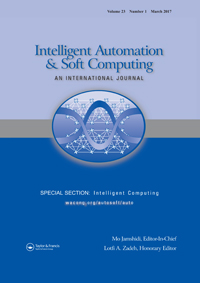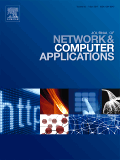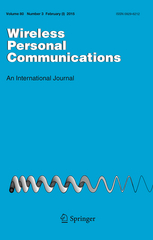Ensuring trust and confidence in virtual communities’ transactions is a critical issue nowadays. But even more important can become the use of robust and accurate trust models allowing an entity to decide which other entity to interact with. This paper aims to study the robustness of TACS (Trust Ant Colony System), a previously proposed bio-inspired P2P trust model, when applying a genetic algorithm in order to fmd the range of values of its working parameters that provides the best TACS performance. The optimization of those parameters has been carried out using the CHC genetic algorithm. Experiments seerns to demonstrate that TACS can achieve high performance ratios due to the enhancement provided by META-TACS, and to achieve them for a wide range of working parameters, hence showing a remarkable robustness.
META-TACS: a trust model demonstration of robustness through a genetic algorithm
Abstract
Related Publications
Co-Authors
This work would not have been possible without the inestimable contribution of:
- Gregorio Martínez Pérez
- Javier Gómez Marín-Blázquez
Citation
Félix Gómez Mármol, Gregorio Martínez Pérez, «META-TACS: a trust model demonstration of robustness through a genetic algorithm«, Intelligent Automation and Soft Computing, vol. 17, no. 1, pp. 41-59, 2011
Journal Ranking & Impact Factor
- Journal: Intelligent Automation and Soft Computing
- Category: Automation & Control Systems
- Rank: 57/58
- Quartile: Q4
- Impact Factor: 0.116





